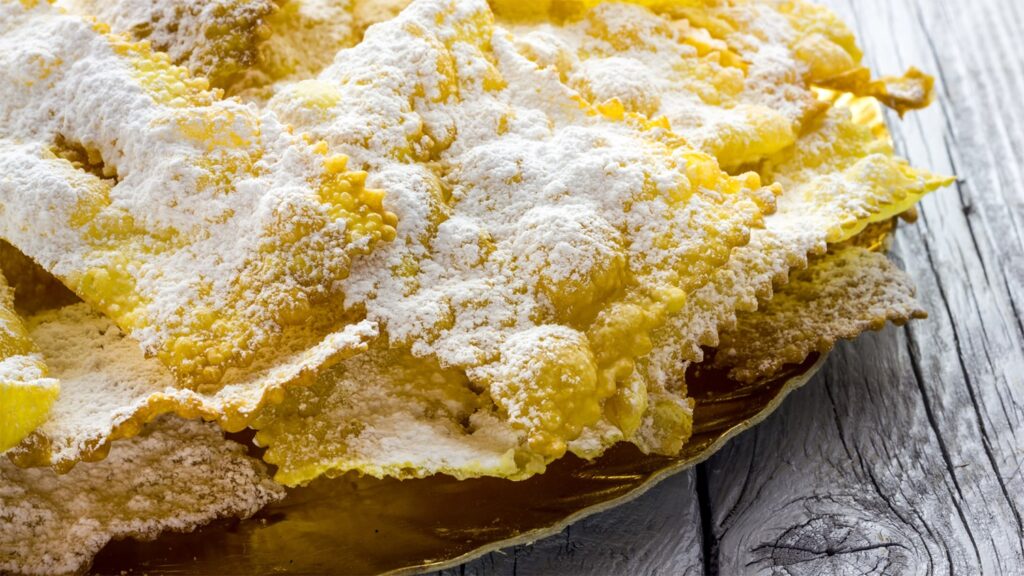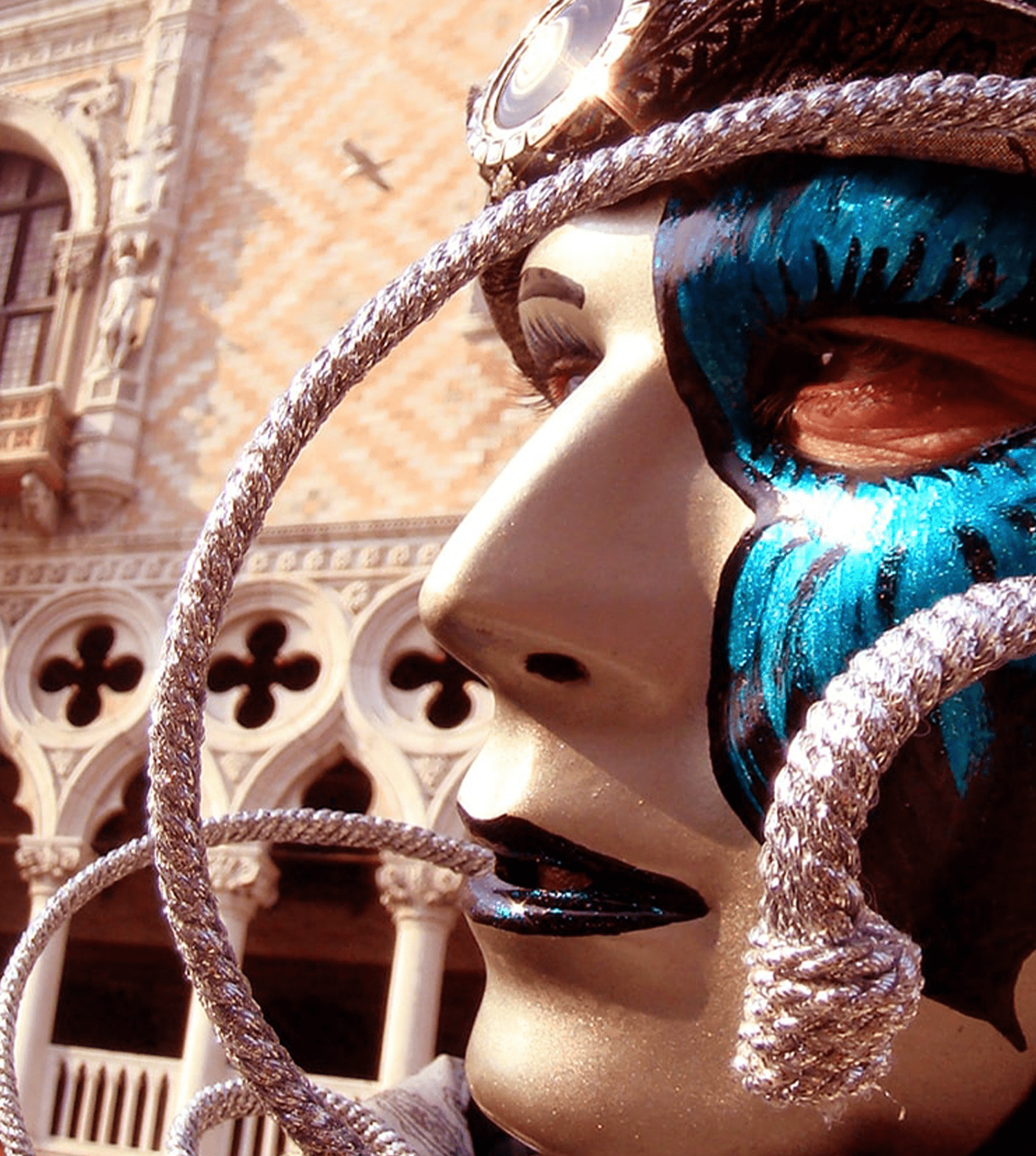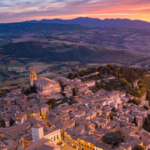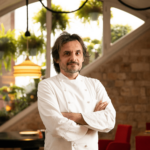Carnevale, also known as Carnival, is an extravagant and vibrant celebration deeply rooted in Italian culture. This centuries-old tradition, renowned for its colorful parades, elaborate masks, and lively festivities, draws millions of visitors from around the world to partake in the joyous revelry. As we approach this enchanting time of year, let’s delve into the rich history and cultural significance of Carnevale, and explore why it continues to captivate hearts and minds across the globe.
History and Origins
The origins of Carnevale can be traced back to ancient Roman times when the festival of Saturnalia was celebrated with feasting, revelry, and the donning of masks to symbolize social equality. Over time, this pagan festival evolved to incorporate Christian traditions, culminating in the grandiose pre-Lenten celebration that we recognize today. Carnevale, which translates to “farewell to meat,” marks the beginning of the Lenten season, during which Catholics traditionally abstain from consuming meat.
The Festivities
One of the most iconic aspects of Carnevale is the elaborate and ornate masks that have become synonymous with the celebration. These masks, with their intricate designs and vibrant colors, serve as a symbol of anonymity, enabling revelers to let go of their inhibitions and embrace the spirit of the festival. Throughout Italy, cities such as Venice, Viareggio, and Ivrea host extravagant parades, masquerade balls, and street performances, each with its own unique customs and traditions. The enchanting allure of Carnevale lies in the kaleidoscope of sights and sounds, from the majestic costumes to the pulsating rhythms of music and dance that fill the air.
Cultural Significance
Carnevale holds a special place in Italian culture, embodying the spirit of joy, unity, and artistic expression. Beyond its festive extravagance, the celebration serves as a time for communities to come together, fostering a sense of camaraderie and collective merriment. It provides a platform for artisans, performers, and revelers to showcase their creativity and passion, perpetuating a tradition that has endured for centuries. The event also plays a significant role in the local economy, drawing tourists and generating revenue for businesses and artisans who craft the intricate masks and costumes that are integral to the festivities.
Culinary Traditions of Gossip and Lies

Chiacchiere (gossip) also known as “bugie,” (lies) are traditional Italian pastries commonly enjoyed during Carnevale, particularly in regions such as Lombardy, Tuscany, and Emilia-Romagna. These delicate, crispy pastries are often dusted with powdered sugar and are a beloved treat during the festive season.
Here’s a simple recipe for making chiacchiere at home:
Ingredients:
2 cups (250g) all-purpose flour
2 large eggs
2 tablespoons granulated sugar
2 tablespoons unsalted butter, melted
1/4 cup (60ml) dry white wine or rum
Zest of one lemon or orange
Pinch of salt
Vegetable oil, for frying
Powdered sugar, for dusting
Sign up for the LF Italy newsletter
Access The Rare and Wonderful, LF Italy’s monthly newsletter. Get our latest interviews and discoveries in wellness, travel, innovation, food & drink, unique stays and more.
Instructions:
1. In a large mixing bowl, combine the flour and a pinch of salt. Make a well in the center of the flour.
2. In a separate bowl, beat the eggs, sugar, melted butter, wine or rum, and citrus zest until well combined.
3. Pour the egg mixture into the well of the flour. Using a fork or your hands, gradually incorporate the flour into the wet ingredients until a dough begins to form.
4. Transfer the dough to a lightly floured surface and knead it for about 5-7 minutes, or until smooth and elastic. If the dough is too sticky, you can add a little more flour.
5. Shape the dough into a ball, wrap it in plastic wrap, and let it rest at room temperature for at least 30 minutes.
6. After the dough has rested, roll it out on a floured surface to a thickness of about 1/8 inch (3mm). Use a sharp knife or a pastry wheel to cut the dough into rectangles or diamond shapes, about 3×5 inches (7×12 cm).
7. Heat the vegetable oil in a deep, heavy-bottomed pot to 350°F (175°C). Carefully fry the chiacchiere in batches until they are golden brown and crispy, about 1-2 minutes per side. Use a slotted spoon to transfer them to a plate lined with paper towels to drain any excess oil.
8. Once the chiacchiere have cooled slightly, dust them generously with powdered sugar.
These delightful chiacchiere are best enjoyed fresh on the day they are made, alongside a cup of espresso or a glass of sweet wine. Their light, crispy texture and delicate sweetness make them a perfect accompaniment to the joyous celebrations of Carnevale.
Whether you’re drawn to the enchanting allure of Venice’s masquerade balls or the exuberant parades throughout Italy’s villages, Carnevale offers a spectacle unlike any other—a celebration that transcends time and borders, inviting all to revel in the splendor of this cherished Italian tradition.































